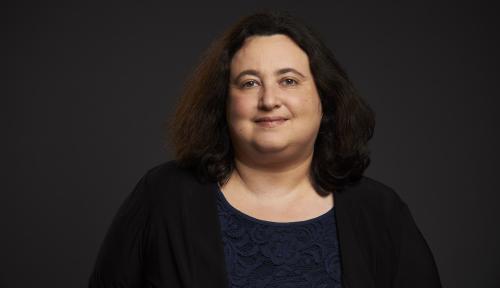Investors say companies are failing to grasp the impact Mifid II will have on research coverage and corporate access, and are expecting issuers to step up communications efforts following the implementation of the Europe-wide regulation, new research finds.
Despite the long run-up to the implementation of Mifid II, which was delayed by a year before coming into force on January 3 this year, members of the buy side surveyed by Optimum Strategic Communications say issuers remain unprepared for the changes ahead.
‘I haven’t heard any company even mention Mifid II in a meeting, let alone say it was doing something about it,’ Geraldine O’Keeffe, who manages the Life Sciences Partners public fund from Amsterdam, tells IR Magazine. ‘I think perhaps there’s a general ostrich approach where everyone is waiting for someone else to make the first move because nobody wants to make the wrong move.’
The qualitative study, which surveys asset management firms with a collective $3.7 tn under management in January, also assesses the general mood as one of ‘wait and see’. One fund manager is quoted as saying: ‘I don’t think anyone understands the impact Mifid II will have: companies, banks [or] asset managers.’ Another predicts big changes over the course of the year: ‘There is no doubt that the end of 2018 is going to look completely different from the start.’
The study highlights trends and views of those on the buy side, with fund managers discussing their own focus on costs when it comes to corporate access and research. ‘While the buy side is prepared to pay for access to analysts and research, the amount it is prepared to pay and the number of houses it will sign up to varies considerably,’ writes Optimum in a press statement. ‘As the buy side will take the cost of Mifid II on its own P&L, it has a keen focus on controlling costs.’
Another much-discussed impact of the regulation is the expected shrinking of the sell side – with one fund manager commenting that ‘large-cap coverage will be ok and will have enough research coverage, with enough trade to attract people to cover it. Smaller companies will suffer.’
This view, that small and mid-caps will suffer as the sell side is cut back, is generally accepted, though another fund manager says those at the smaller end of the scale may fare better than mid-cap companies.
‘Mifid in general favors the bigger players on all sides: it favors bigger banks, bigger investors and bigger companies because they have the capital and resources to pay whatever they need to pay to get access to everything,’ says O’Keeffe. ‘Smaller investors and smaller niche banks are the ones that are getting squeezed. The smaller investors need to choose where they will get research from – whereas before they could get research from everybody. The same applies to companies: smaller firms will also find it harder to get broader coverage.’
A complex story
Optimum’s research offers an added focus on life sciences companies, which often have a more complicated story to tell. Of the $3.7 tn in assets held by the firms in the survey, $13 bn is invested in life sciences. These types of companies, and others with more complex stories, are likely to feel a greater impact from research cutbacks, explains O’Keeffe.
‘The complex nature of life sciences means the added value of the research analyst is higher [and] you could argue that a research analyst report is actually more useful because it can explain the story well,’ she tells IR Magazine. ‘With something that is more financially driven, investors can go to Bloomberg, for example, and get all the financial metrics they want.’
Complex companies such as those in life sciences could also see less benefit from paid-for research or boutique houses, O’Keeffe adds. ‘At the big banks, some analysts have access to a really good supply of doctors as part of their due diligence process,’ she explains. ‘They run their own surveys and some of them put a huge amount of resources into preparing for their reports, which I would imagine the independent research houses [or paid-for research providers] would find it hard to match.’
Optimum, however, says ‘the potential role for paid-for research will increase, albeit from a low base.’
Despite the predicted cutbacks, the survey backs up previous findings that investors are expecting issuers to increase or at least maintain current levels of access. ‘This report clearly shows that the investment community is looking to companies to significantly step up their communications with existing and new investors to fill the gap left by banks and brokers,’ says Mary Clark, managing director at Optimum, in the company statement.
‘The pressure on life sciences firms, where the equity story can be complex for non-specialist investors, is even greater than for more mainstream stocks. With an expected decline in research coverage at the smaller end of the market, investor relations teams are going to have to work harder to build market awareness and relationships. More effort will also be needed to educate and inform the market to avoid suffering from a lack of market visibility and being at the mercy of greater volatility driven by irregular news flow.’










